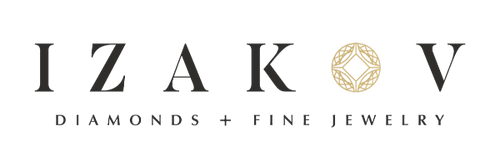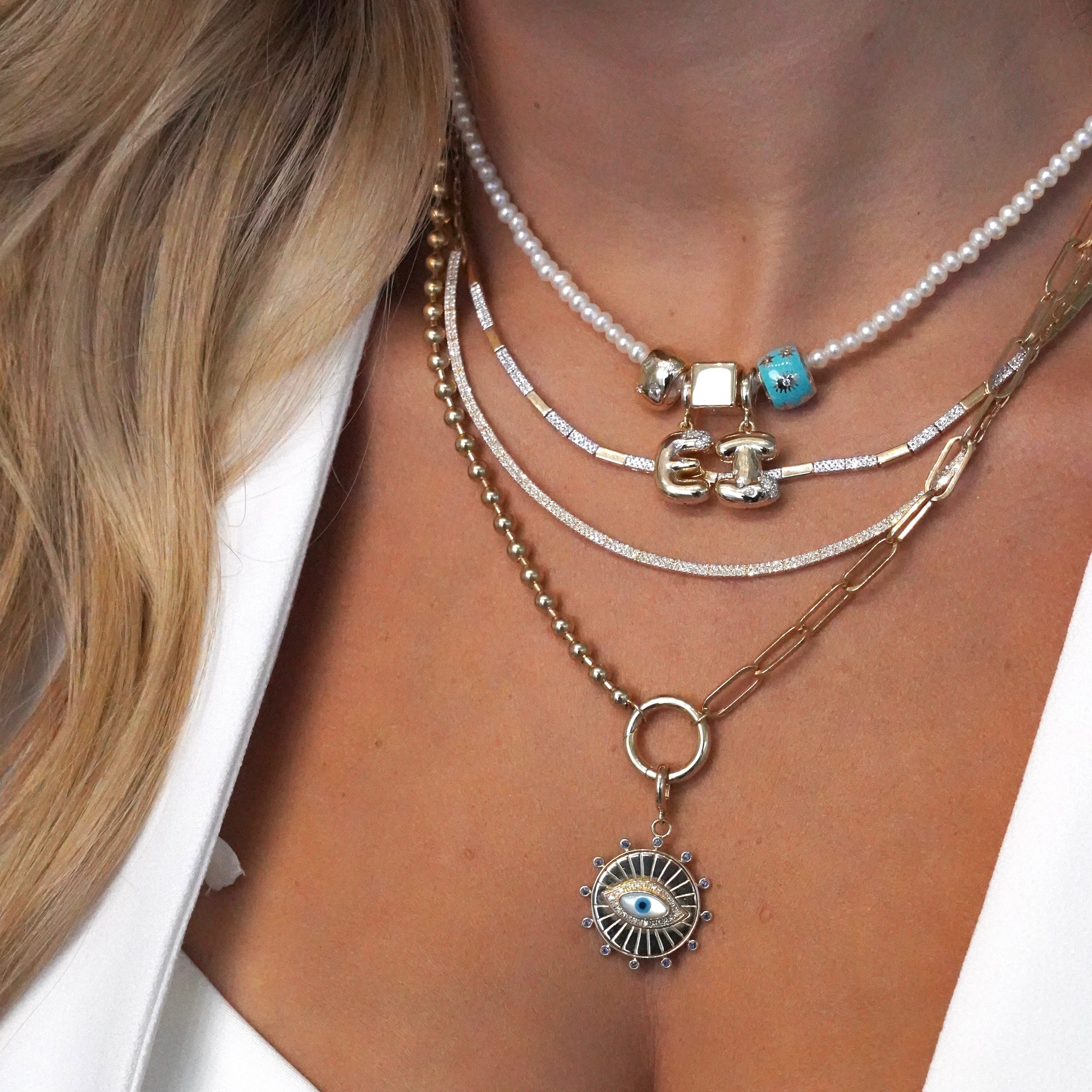Responsible Diamond Sourcing
Where Do Our Diamonds Come From?
A question we get a lot is where do our diamonds come from. The answer is it usually comes from two places; the first is where it was mined, which is mainly from either Russia, Canada, Africa, or Australia. The second is where it was cut from rough to a polished diamond, which are mostly Israel, India, and Belgium. Each diamond we import comes directly from the top manufacturers (sightholders and select diamantaires) in the world. Izakov Diamonds guarantees that all diamonds sold are conflict-free and comply with the Kimberley Process.
With offices around the globe, and industry relationships built over 45 years, Izakov Diamonds has the connections and reach to any diamond shape and quality. We're confident we can get you a great the best diamond for your budget. Use our diamond search today to find the diamond you are looking for.
What is a Sightholder / Select Diamantaire?
A sightholder / select diamantaire is a company who's an authorized bulk purchaser of rough diamonds from the largest mining companies in the world (e.g. De Beers, Alrosa, Rio Tinto, Dominion Diamond). These select manufacturers have large cutting facilities where everything from rough to polished diamonds happens in one place. Izakov Diamonds imports diamonds directly from Sightholders and Select Diamantaires. This allows us to pass the savings on to you, without any middlemen.
What is the Kimberley Process?
The Kimberley Process started when Southern African diamond-producing states met in Kimberley, South Africa, in May 2000, to discuss ways to stop the trade in ‘conflict diamonds' and ensure that diamond purchases were not financing violence by rebel movements and their allies seeking to undermine legitimate governments. There are currently 81 countries whom are participants of the program. Under the terms of the Kimberley Process Certification Scheme, participating states must meet ‘minimum requirements' and must put in place national legislation and institutions; export, import and internal controls; and also commit to transparency and the exchange of statistical data. Participants can only legally trade with other participants who have also met the minimum requirements of the scheme, and international shipments of rough diamonds must be accompanied by a KP certificate guaranteeing that they are conflict-free.
Tracking A Diamond's Origin Using The Blockchain Technology
Although relatively new, the blockchain technology offers the diamond industry a way to take a rough diamond from the mine, assign a unique number to it, which later can be used to pull accurate information about the diamond's origin, rough planning, color shade, and other information that isn't disclosed on grading certifications. Once a diamond is polished, a unique number is laser engraved on the edge (girdle) of the diamond. Contact us to learn more.








